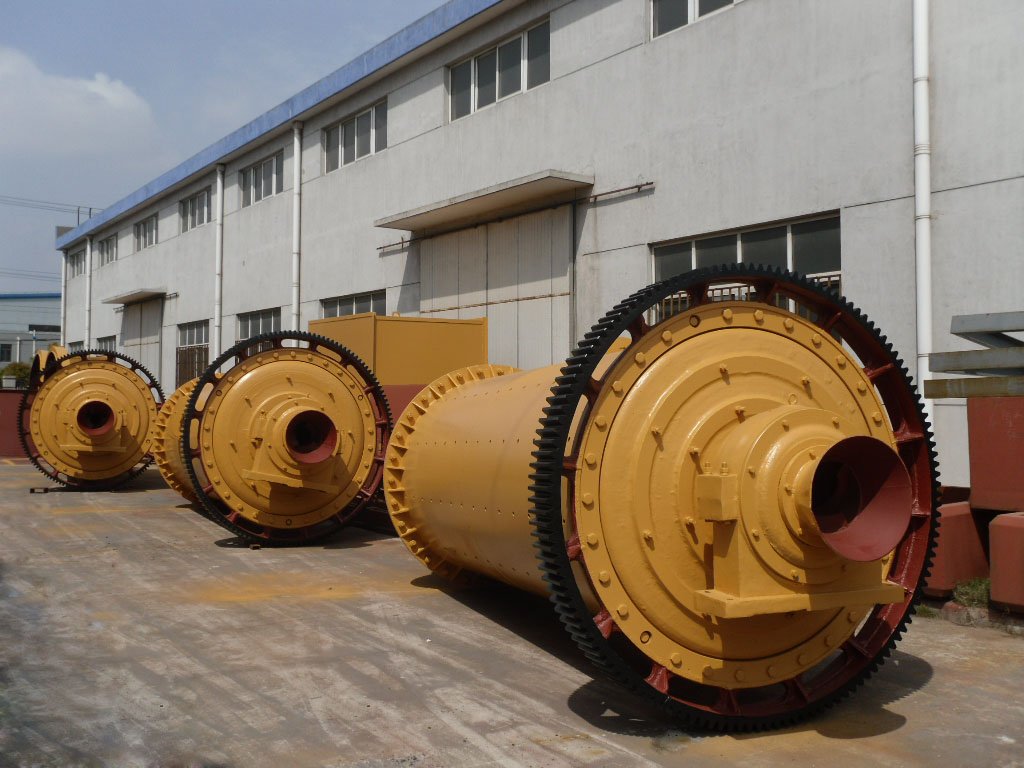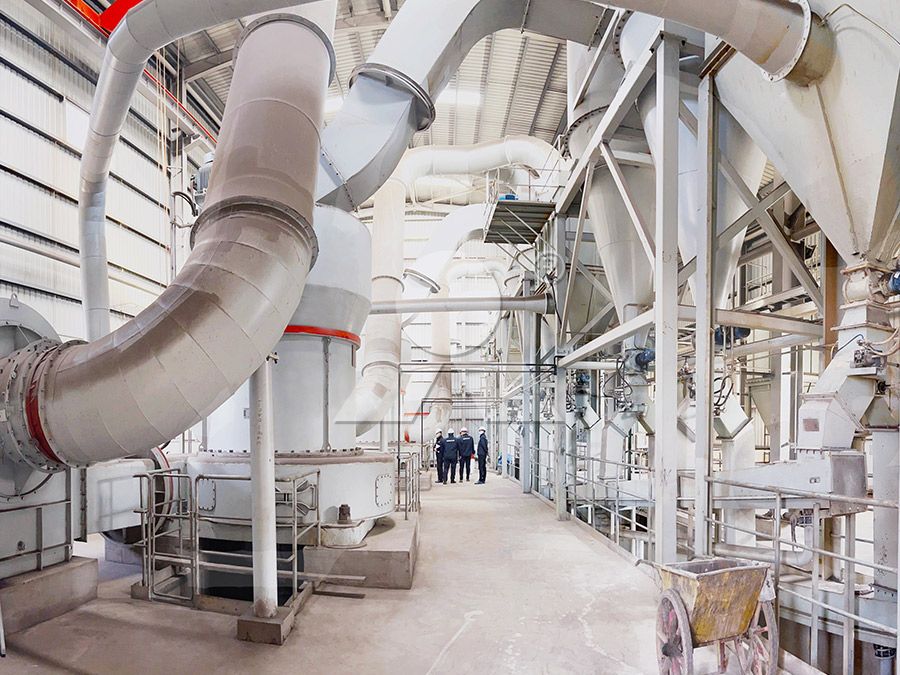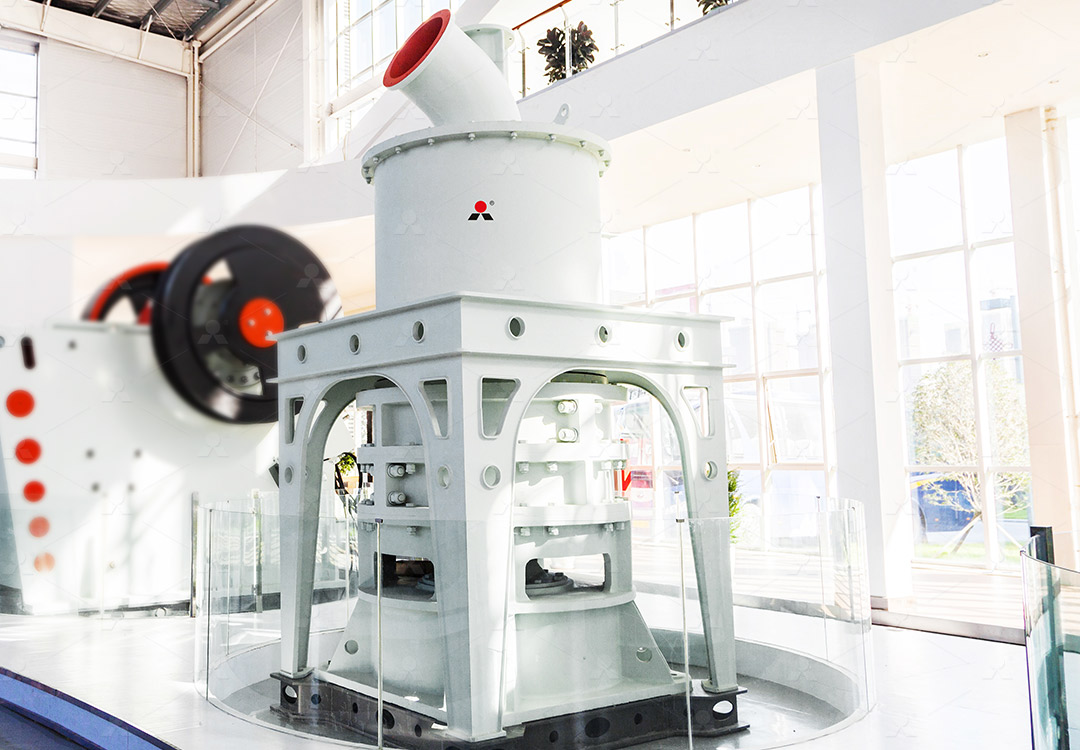Iron Ore Grinding Mill: Types, Selection Guide, and Cost Analysis
Iron Ore Grinding Mill: Types, Selection Guide, and Cost Analysis
Selecting the right grinding mill for iron ore processing is one of the most critical decisions in mineral processing operations. The efficiency of your grinding circuit directly impacts production costs, product quality, and overall profitability. With various mill technologies available, understanding their differences and applications becomes paramount for optimal plant performance.

Common Types of Iron Ore Grinding Mills
The mining industry employs several types of grinding mills, each with distinct advantages for specific applications:
Ball Mills: These traditional workhorses remain popular for secondary grinding applications. Their simple design and reliability make them suitable for wet or dry grinding of iron ore. However, they typically consume more energy compared to newer technologies and have lower grinding efficiency.
Vertical Roller Mills (VRM): VRMs have gained significant traction in iron ore processing due to their higher energy efficiency and compact footprint. By integrating crushing, grinding, drying, and classification in a single unit, they reduce overall plant complexity and operating costs.
Raymond Mills: While less common for primary iron ore grinding, these mills find application in specific scenarios where moderate fineness is required. Their straightforward operation and lower initial investment make them suitable for smaller operations.
European Trapezium Mills: These advanced grinding systems offer improved efficiency over traditional designs. With features like bevel gear transmission and internal thin-oil lubrication, they provide reliable performance with reduced maintenance requirements.
Key Selection Criteria
Choosing the appropriate grinding mill requires careful consideration of multiple factors:
Ore Characteristics: Hardness, moisture content, and feed size significantly influence mill selection. Softer ores might perform well in various mill types, while harder ores often require more robust grinding systems.
Production Requirements: Target throughput and product fineness dictate mill size and technology. High-capacity operations typically benefit from vertical mills, while smaller operations might find traditional ball mills more economical.
Energy Efficiency: With energy constituting up to 50% of total grinding costs, mills with lower specific energy consumption offer substantial operational savings over their lifespan.
Operating and Maintenance Costs: Beyond initial investment, consider spare part availability, maintenance frequency, and operational complexity. Mills with easier maintenance access and reliable spare part supply chains reduce downtime.

Advanced Grinding Solutions
For operations requiring ultra-fine iron ore powders or specialized applications, advanced grinding technologies offer significant advantages. Our MW Ultrafine Grinding Mill represents cutting-edge technology in fine powder processing. With an input size of 0-20 mm and capacity ranging from 0.5-25 tph, this machine delivers exceptional performance for specialized iron ore applications.
The MW series stands out with several innovative features. Its higher yielding and lower energy consumption – achieving 40% higher production capacity than jet grinding mills with system energy consumption only 30% of jet mills – makes it economically attractive. The adjustable fineness between 325-2500 meshes provides operational flexibility, while the absence of rolling bearings and screws in the grinding chamber eliminates common failure points. Furthermore, the integrated pulse dust collector ensures environmentally friendly operation, addressing increasing regulatory requirements.
For operations prioritizing vertical grinding efficiency, our LUM Ultrafine Vertical Grinding Mill offers another excellent option. With input size of 0-10 mm and capacity of 5-18 tph, it incorporates the latest grinding roller technology and German powder separating technology. The unique roller shell and lining plate grinding curve design generates material layers more easily, achieving high rates of finished products through single-pass milling. The double position-limiting technology ensures operational stability, while the reversible structure simplifies maintenance procedures.
Cost Analysis Considerations
A comprehensive cost analysis should extend beyond initial equipment purchase price. Consider these elements:
Capital Investment: Include auxiliary equipment, installation, and infrastructure requirements. Vertical mills often have higher initial costs but may require less supporting equipment.
Operating Costs: Calculate energy consumption, grinding media wear, liner replacement, and maintenance labor. More efficient mills typically show better total cost of ownership despite higher initial investment.
Lifecycle Costs: Evaluate equipment lifespan, technology obsolescence risk, and resale value. Mills with modern control systems and energy-efficient designs typically maintain higher long-term value.

Frequently Asked Questions
What is the typical energy consumption difference between ball mills and vertical roller mills for iron ore grinding?
Vertical roller mills typically consume 30-50% less energy than ball mills for the same grinding duty. This significant difference makes VRMs increasingly popular despite their higher initial investment.
How does ore hardness affect grinding mill selection?
Harder ores generally require more robust grinding systems with higher power density. Vertical roller mills often handle hard ores more efficiently due to their grinding mechanism, while ball mills may require additional grinding stages.
What maintenance considerations are most important for iron ore grinding mills?
Wear part replacement frequency, lubrication system reliability, and accessibility for maintenance significantly impact operational continuity. Mills with external lubrication systems and easy wear part replacement typically experience less downtime.
How important is particle size distribution in iron ore grinding?
Particle size distribution critically affects downstream processes like beneficiation and pelletization. Consistent sizing improves recovery rates and product quality, making mills with precise classification systems more valuable.
What environmental considerations should factor into grinding mill selection?
Dust emissions, noise levels, and water consumption (for wet grinding) increasingly influence mill selection. Modern mills with integrated dust collection and noise reduction features help operations meet stringent environmental regulations.
